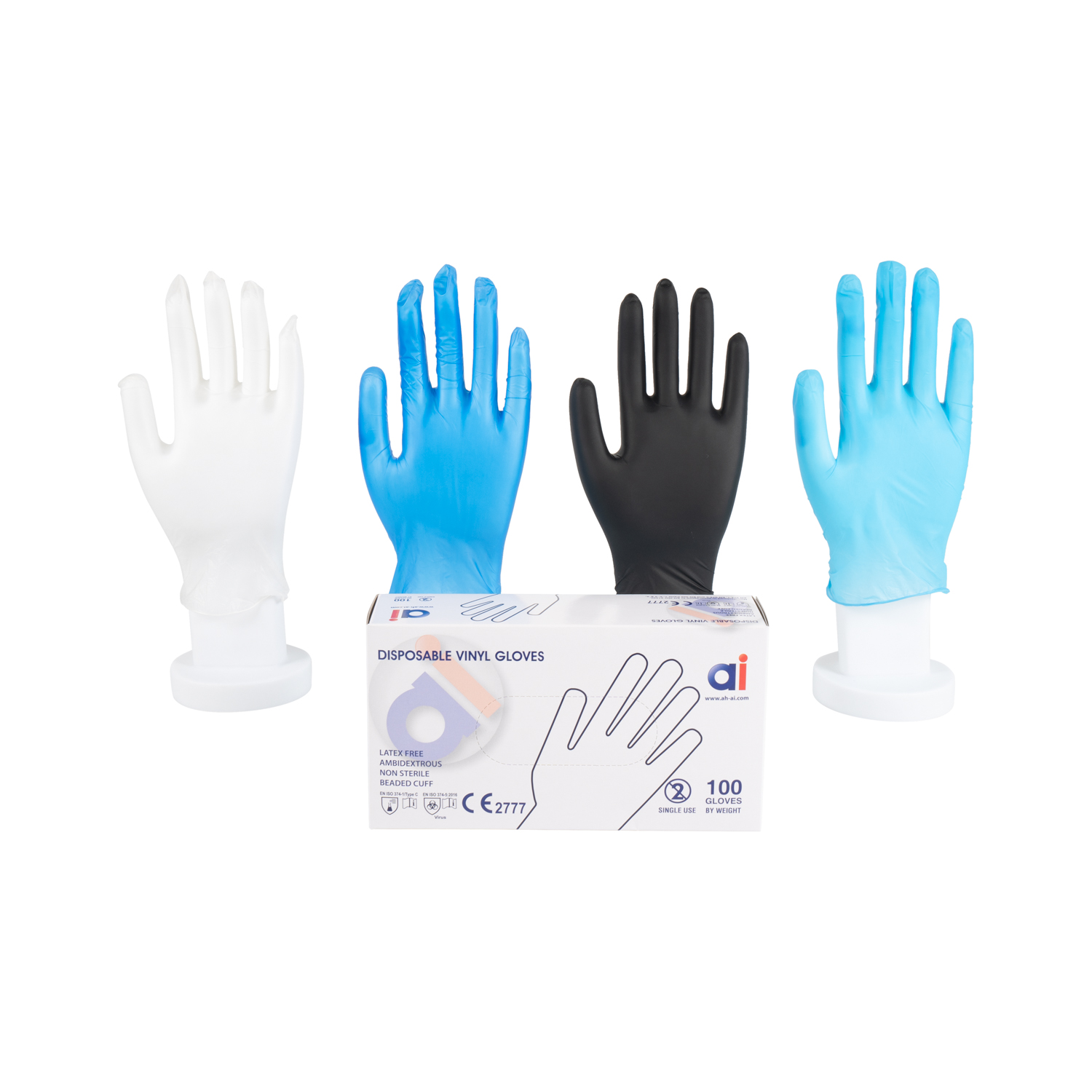Handling hazardous chemicals requires the right protective gloves to prevent burns, irritation, and long-term health risks. But with so many options, how do you choose the best ones?
In this guide, we’ll cover:
✅ Top glove materials for chemical resistance
✅ Key factors when selecting chemical-resistant gloves
✅ Best gloves for specific chemicals (acids, solvents, etc.)
✅ Safety standards & compliance tips
- Best Glove Materials for Chemical Protection
Not all gloves resist the same chemicals. Here’s a breakdown of the best materials and their uses:
| Glove Material | Best For | Limitations |
| Nitrile | Oils, acids, solvents, and most chemicals | Not ideal for ketones or strong acids |
| Neoprene | Acids, alkalis, alcohols, and fuels | Poor against aromatic hydrocarbons |
| Butyl Rubber | Strong acids (e.g., sulfuric acid) & ketones | Expensive, less flexible |
| PVC (Polyvinyl Chloride) | Bases, oils, and some acids | Weak against organic solvents |
| Viton® (Fluoroelastomer) | Harsh chemicals like chlorinated solvents | Very expensive, limited availability |
Pro Tip: Always check a chemical resistance chart before selecting gloves.
- How to Choose the Right Chemical-Resistant Gloves
A. Chemical Compatibility
Use NIOSH or OSHA guidelines to match gloves with the chemicals you handle.
Avoid latex gloves (unless for biological hazards) since they degrade with many chemicals
B. Thickness & Durability
Thicker gloves (8-15 mil) = Better protection but less dexterity.
Thinner gloves (4-6 mil) = More flexibility but may degrade faster.
C. Glove Length (Cuff Style)
Short cuff (6-8″) – For quick tasks with minimal splashes.
Long cuff (12-18″) – For high-risk chemical handling (prevents liquid seepage).
D. Industry Standards
EN 374 (Europe) – Tests chemical penetration.
ASTM D6978 (USA) – Rates chemical breakthrough time
- Best Gloves for Specific Chemicals
✅ For Acids (Hydrochloric, Sulfuric, Nitric Acid)
Best Choice: Butyl rubber gloves (e.g., Ansell 37-155)
Alternative: Neoprene gloves (for moderate acid exposure)
✅ For Solvents (Acetone, Toluene, Xylene)
Best Choice: Viton® gloves (e.g., Northshield Sol-Vex)
Alternative: Nitrile gloves (short-term exposure only)
✅ For Oils & Fuels
Best Choice: Nitrile gloves (e.g., Kimberly-Clark KC500)
Avoid: Latex & vinyl (degrade quickly)
✅ For Pesticides & Agricultural Chemicals
Best Choice: Thick nitrile or neoprene gloves (e.g., Showa 720)
- Safety Tips When Using Chemical-Resistant Gloves
✔ Inspect gloves before use (check for tears or degradation).
✔ Replace gloves immediately if contaminated.
✔ Never reuse disposable gloves with hazardous chemicals.
✔ Wash hands after removing gloves (some chemicals can permeate over time).
Which Gloves Should You Buy?
Best All-Around: Nitrile gloves (good for most chemicals).
For Extreme Chemicals: Butyl rubber or Viton®.
Budget Option: PVC gloves (for light chemical handling).
Need recommendations? Check OSHA’s Chemical Resistance Guide for detailed compatibility charts.




